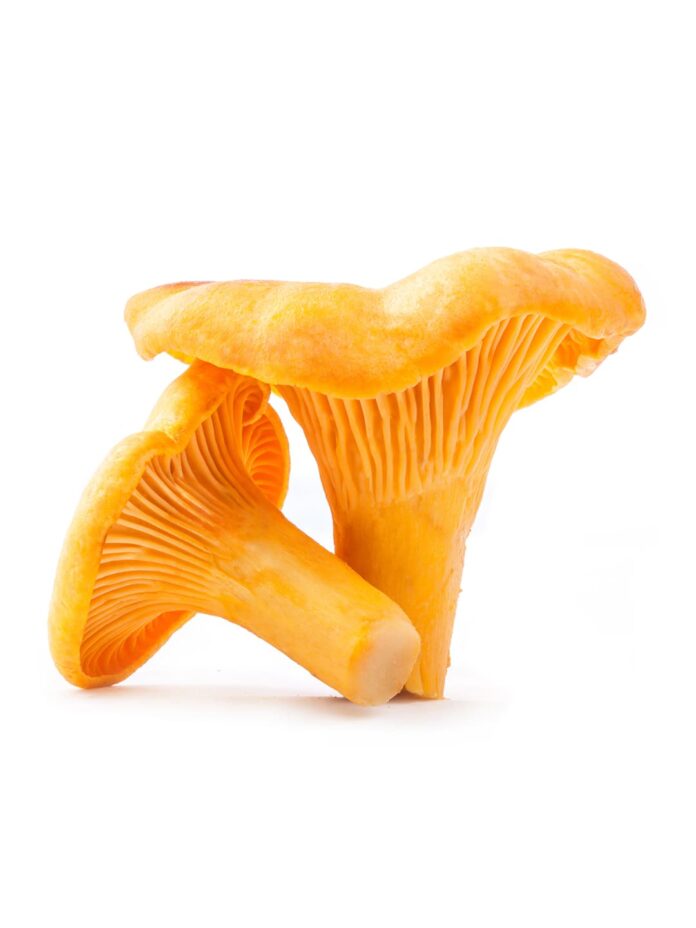By Sue Quigley
HERNANDO SUN WRITER
My father always instilled in me a fondness for good food. He didn’t mean meals served up in fancy restaurants but good, wholesome, fresh food found locally by foraging.
As a child growing up in Scotland, he would wake me at some unearthly hour in the morning to go walking in the forests and fields nearby. Mostly, we would be foraging for brambles like blackberries and raspberries, wild garlic or sorrel and sometimes, he would trap a rabbit to make a tasty dinner. Other “goodies” we searched for included stinging nettles, burdock, dandelions and elderflowers to make soup, tea and wine.
But it was the mushrooms my dad coveted. And I don’t mean the magic ones.
His favourite species were chanterelles, morels, saffron milkcaps, porcini or ceps, the ones with the spots on the cap. We also called them bouchons or penny buns and they were delicious!
He taught me everything I know about mushrooms. It’s a very serious subject given the toxicity of most mushrooms. Over and over he would say, “Never eat a mushroom unless you know exactly which mushroom it is.”
He bought books on fungi for me to study and always carried a sketchbook and pencils so I could draw the good, bad, and very, very bad types of mushrooms we discovered.
I consider my dad as an expert on mushrooms; after all, he had been mushroom picking for years. He even had his “secret list”of foraging spots which he very closely guarded. And because mushrooms always grow in the same spot, their whereabouts were taboo. A big crop of mushrooms is like finding the Crown Jewels.
In Florida, when the rainy season begins, we see mushrooms appearing in our yards and other unlikely places. This is because mushrooms love moisture and organic matter like rotting grass and wood. Florida mushrooms include puffballs, chanterelles, indigo milksops and ganodermas.
One Florida mushroom that is frequently seen on household lawns is the fairy ring mushroom. According to the University of Florida (UF), fairy rings and mushrooms are most commonly observed during the rainy summer months. However, UF warns that turf fairy ring mushrooms are poisonous.
But, if you’re leery of foraging in the wild for edible mushrooms, there are other ways of growing mushrooms without ever leaving your home.
The University of Florida/IFAS Extension says Oyster mushrooms are relatively easy to cultivate on a variety of materials. They can thrive on most hardwoods and conifers. They can also grow on wheat straw and paper and cultivation can be performed at home,
UF/IFAS says mushroom cultivation is entertaining and can be carried out in small spaces without great effort to produce delicious crops.
Recommended reading is Growing Gourmet and Medicinal Mushrooms by Paul Stamets. It outlines techniques for home and commercial cultivation, detailed growth parameters for 31 mushroom species, a trouble-shooting guide, and handy gardening tips. The book is available on Amazon at around $25 or lower.
Another solution to growing mushrooms at home is to purchase growing kits. http://www.gmushrooms.org offers kits for five different varieties of mushrooms: Shiitake Mushrooms, Sonoma Brown Oyster Mushrooms, Blue Oyster Mushrooms, Kin Oyster Mushrooms, Lion’s Mane (Hericium) Mushrooms.
Their Mushroom Growing Kits allow you to grow mushrooms easily and quickly in almost any small space in your own home or office at room temperature.
A mushroom kit uses only a 6″ by 6″ space, and comes with complete instructions and materials to maintain the correct environmental conditions. The kits will produce mushrooms virtually anywhere room temperature of 65 to 73.4 F.
Another website worth visiting in the quest for mushrooms is http://www.floridaforaging.com. Their mushroom expert is Jon Martin — a mushroom educator and photographer from Central Florida passionate about wild fungi. He leads educational mushroom hikes, instructs mushroom classes at various locations and conducts periodic fungi surveys.
Anyone interested in fungi can join one of his comprehensive classes. In the class, you’ll gain a thorough understanding of local mushrooms through an identification workshop and mushroom walk; familiarize yourself with Florida species, learn how to identify and utilize wild fungi and cultivation and photography.
If you are interested in mushroom identification, the University of Florida has a book titled Common Florida Mushrooms. This book describes 268 species of mushrooms found in Florida’s mild, subtropical climate with lots of color photos to help you identify local types. There’s also a section on cooking with mushrooms. It costs $19.95.
One last word or few: Never, ever eat any mushroom without proper identification.
For more information, visit https://ifas.ufl.edu. Or your local extension at [email protected] . Call (352) 754-4433. Address: 16110 Aviation Loop Dr. Brooksville, FL 34604

